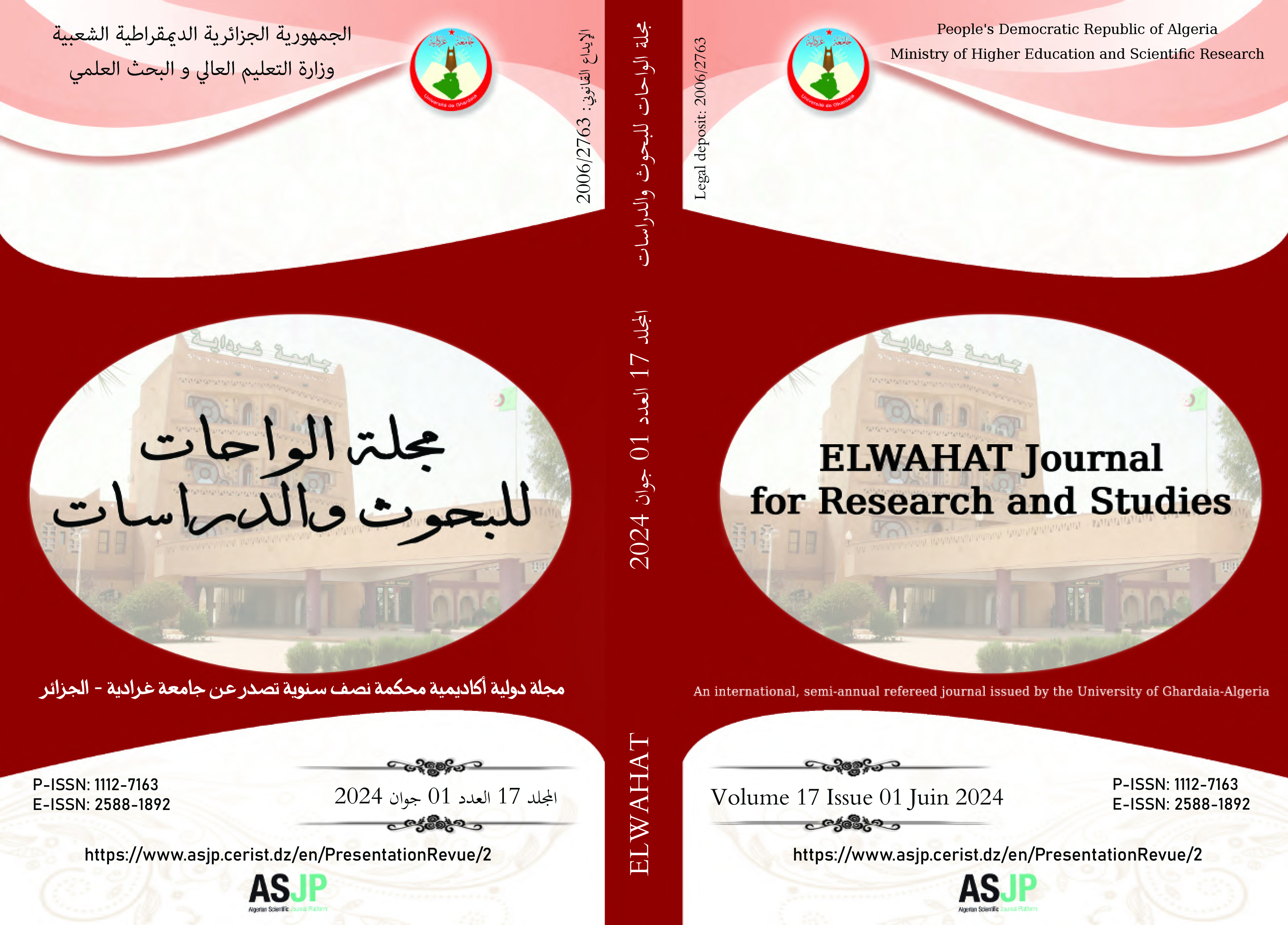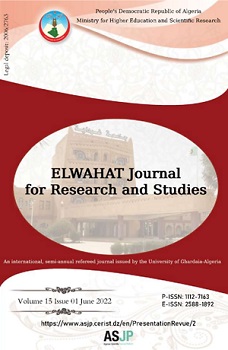تاريخ وحضارة مدينة سدراتة الأثرية بالجنوب الشرقي الجزائري – نموذج للمدينة الإسلامية-
DOI:
https://doi.org/10.54246/n8s6d665Abstract
The Islamic Maghreb is full of exemplary of cities that had a historical and cultural role. The reason for their existence and the factors of their development are different, such as Kairaoiane, Bejaia, Tlemcen, Marrakech, Fes …
The city of Sedrata in the south east of Algeria is considered as a model of the Islamic cities which differ from the desert architectural style known as Kesour(palaces). It appears as a diamond in the middle of sand.Sedrata was considered the second Ibadi capital after the fall of the state of Rustamid 296 / 909, in Tiaret. After more than three centuries, Sedrata was destroyed by Ibn Ghania Elmaiorgy in 296 / 909. Tts inhabitants abandoned it then it was covered by sand over time.
During the French colonialism, Sedrata attracted the attention of Western researchers; many archaeological excavations were conducted by Largeau, Arold Tardy, Paul Blanchet, Faucher and Margierte. The last of which was conducted by Van Berchem who managed to discover some landmarks of the city, many various archaeological remains, especially decorative plaster pieces, many of which were transferred to museums of France. A part of these archaeological was also placed in the national museum of Muslim Art in Algiers- Algeria. Although some Algerian researchers have tried recently to conduct some excavations and carry out some academic research, but most of them havn’t been published. Today, the city is completely covered in sand and the Algerians only know it through Historians.
Keywords: City , Sedrata , South east , Kesours, Ibadi Tiaret, Margierte Van Berchem , Ibn Ghania, Civilization , Desert.






